Bikes come in all shapes and sizes, and finding the right bike for you can be challenging. It comes down to many factors, such as the terrain you want to ride on, how fast you want to go, and even comfort levels.
There’s one question I’ve been asked more than any other by beginner cyclists in my experience as a bike mechanic: “What’s the difference between road bikes vs hybrid bikes?”
To beginners, hybrids and road bikes can look pretty similar. Both have similar frame shapes, relatively narrow tires, usually don’t have suspension, and have similar numbers of gears.
The most obvious difference to the untrained eye is probably that road bikes usually have drop handlebars, whereas hybrid bikes tend to have flat bars – but there’s a whole lot more to it than that!
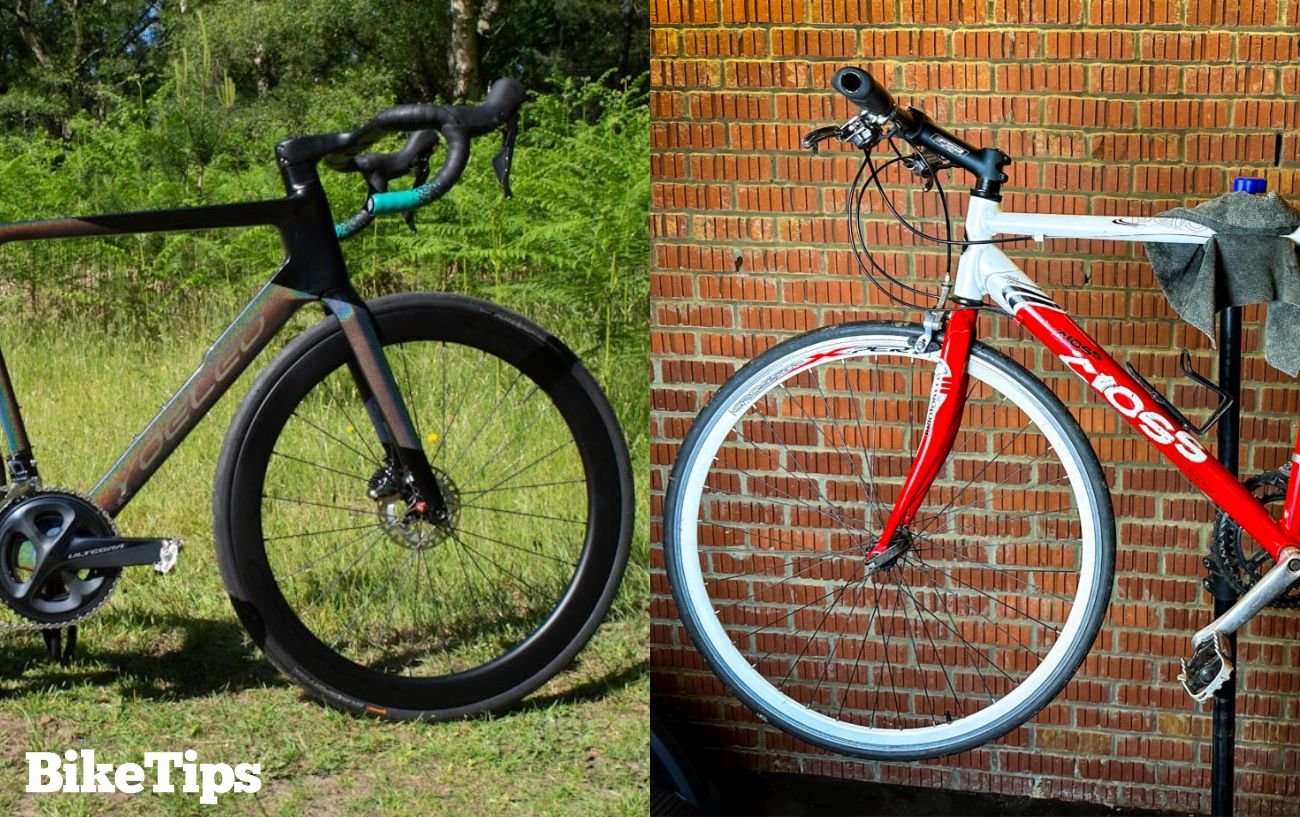
What Is A Road Bike?
A road bike is designed to be ridden fast on tarmac and smooth roads.
They are just like the bikes you will see in the Tour de France and are made to be lightweight and aerodynamic to allow the cyclist to travel as fast as possible.
They don’t come with any suspension and are not designed for rough terrain. You can easily identify a road bike by its skinny tires and drop handlebars.
A road bike is perfect if you like riding on tarmac and want to go fast. They are not the most comfortable but give an incredibly thrilling experience. A good example of a road bike is the Specialized Tarmac.
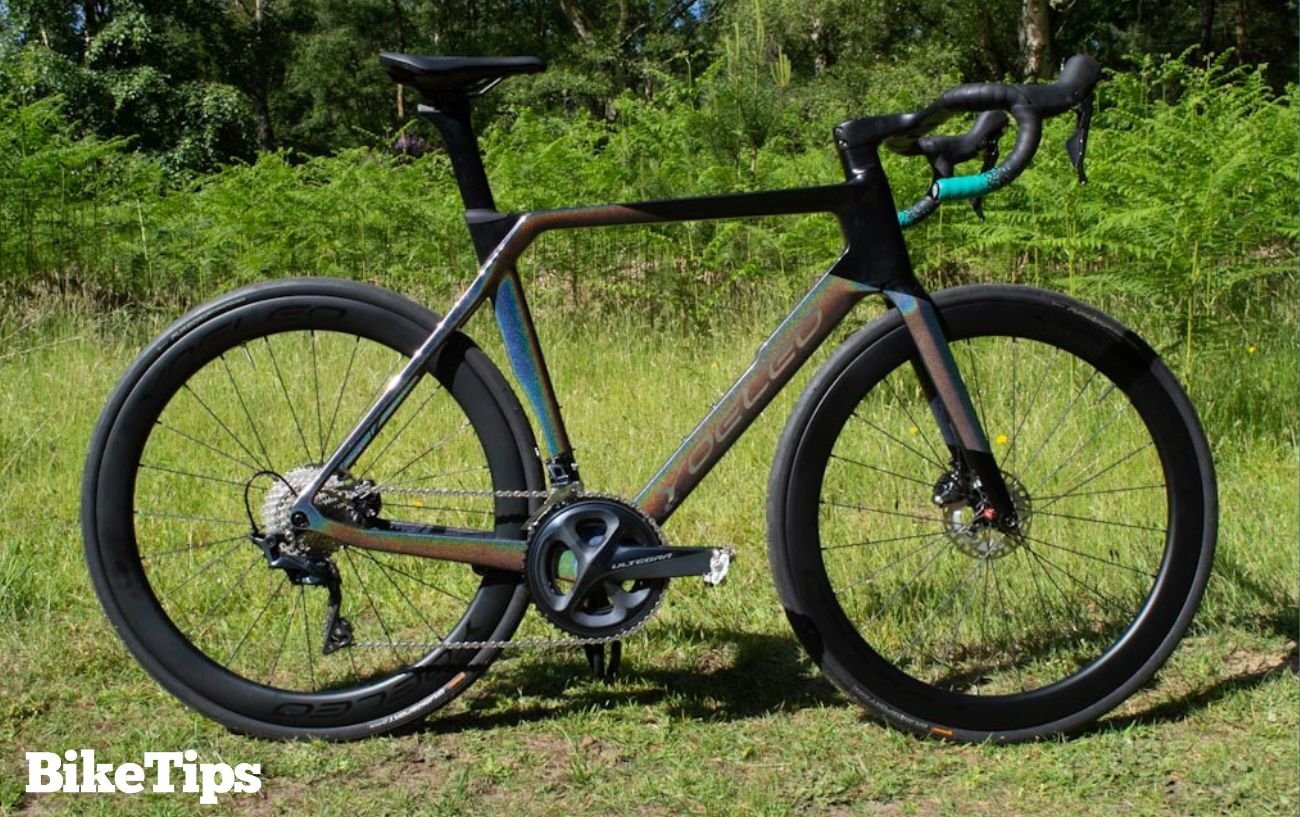
Key Road Bike Features
- Skinny Tires
- Aerodynamic Wheels and Frame
- Racing Components
- No Suspension
- Lightweight
- Drop Handlebars
- Aggressive Riding Position
What Is A Hybrid Bike?
A hybrid bike is a versatile jack-of-all-trades designed to cope well with both smooth, paved roads and light off-roading.
Hybrid bikes combine elements taken from road bikes, mountain bikes, and touring bikes. They’re a convenient solution if you just want to own one bike for any situation, but this approach also means they don’t particularly excel in any one type of cycling.
For example, hybrid bikes will be slower on the tarmac than road bikes, but less capable of tackling rough terrain than a mountain bike.
Hybrids tend to have a comfortable and upright riding position and are equipped with medium-width tires that strike a balance between the narrow, smooth tires of road bikes and the wider, knobby tires of mountain bikes.
Most hybrids don’t have any suspension, but some might be fitted with front suspension forks if they lean more towards the mountain bike side than to road bikes.
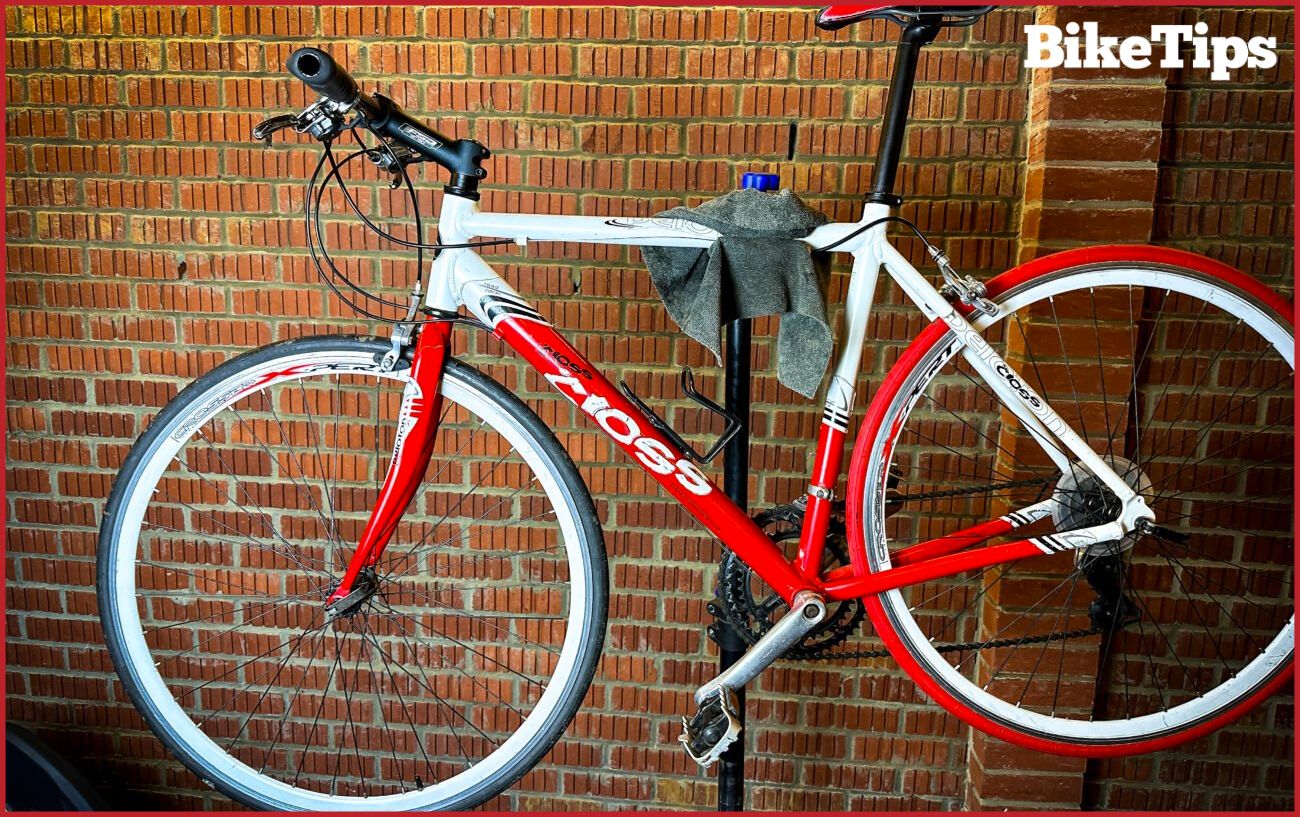
Key Hybrid Bike Features
- Upright Riding Position
- Flat Handlebars
- Sometimes Use Front Suspension
- Medium-Width Tires
- Mounting Points for Accessories (Panniers, Mudguards, Bags)
Road Bikes Vs Hybrid Bikes: What Makes Them Different?
Having owned and cycled for thousands of hours on both road bikes and hybrid bikes, I’m well-placed to explain what makes them different from a rider’s point of view.
Here are some of the top points of difference I think you should be aware of!
The Price of Hybrid Bikes Vs Road Bikes

All bikes can vary massively in price, and hybrid bikes and road bikes are no different.
If you’re looking on Craigslist or Facebook Marketplace, you can find heavily used, beat-up models of either hybrid or road bikes often for $100 or less. These were likely never particularly good-quality bikes to start with, and will be in poor condition at that price.
However, when it comes to new bikes, the price ceiling is much, much higher for road bikes than hybrid bikes. A flagship ride bike, like those used at the Tour de France, can cost as much as $15,000, whereas even high-end hybrids rarely cost more than $2000.
This is fundamentally down to their different purposes; road bikes are made for competitive performance, whereas hybrid bikes are not.
Road bikes are typically made with lightweight materials such as carbon fiber and have performance components, with huge amounts of research put into perfecting every element of their design.
As hybrid bikes are not built to compete on, expensive parts and materials that provide marginal gains simply don’t make sense.
The Terrain You Can Ride on a Hybrid Vs Road Bike

When it comes to terrain, a road bike is designed for roads and roads only.
A hybrid bike with wider tires can be ridden on and off-road. This can open you up to lots of different rides, and it also helps you on those rougher cycle paths.
An off-road hybrid bike has bigger tires and suspension, which will soak up all the bumps and provide you with lots of extra grip. If you are looking for a bike that can ride the odd trail and is capable on gravel roads, then a hybrid is the better option.
Those wider tires also smooth out riding on the road as well, particularly if you live in an area where the road surface is poor.
Handlebars, Brake Levers, and Shifters
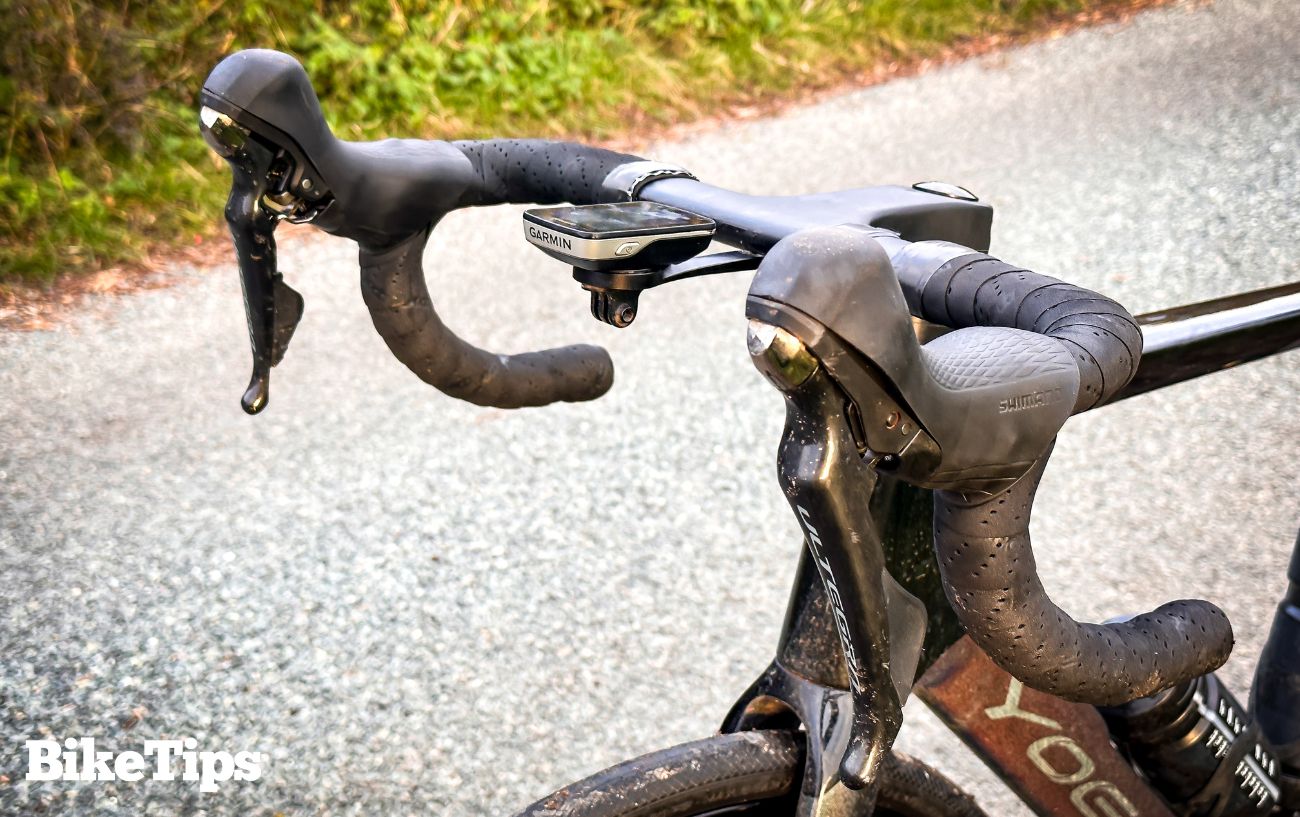
Riding a hybrid bike is very different from riding a road bike. The biggest difference is how you control the brakes and the gears. This is because hybrid bikes use a flat bar system, and road bikes use a drop bar system.
Flat bars are your typical mountain bike bars. They have brake levers that point out to the side, and you use your fingers and thumbs for the gear shifters (or your whole hand for twist shifters). You get one hand position on the end of the bars, where the grips sit.
Road bikes have drop bars, and the brakes and shifter are built into the same unit.
The brake levers point down to the floor, and the gear shifting is done by pushing either a button inward or the whole lever itself. These are multi-position handlebars designed for aerodynamics and leverage.
Road Bike Vs Hybrid Bike Comfort

A road bike will put the rider in an “aggressive” position. This is where you will lean forward to be as aerodynamic as possible. If you look at a Tour de France rider, they are right over the bars, taking as little wind resistance as possible.
A hybrid bike offers a more relaxed position. This means the rider has a much more upright riding position, making it much more comfortable and easier to control when riding off-road. If you are new to cycling and want more comfort, the hybrid bike is the way to go.
Road Bike Vs Hybrid Bike Weight
Bike weight matters. If you plan on going fast or climbing hills, the lighter your bike, the easier the work will be. There’s a big difference in weight between most road bikes and hybrid bikes.
A road bike will come in from around 7 kg for a Tour de France bike to 11 kg for an entry-level road bike with basic components. A hybrid bike is likely to be around 10-14 kg, depending on the quality and the design features.
The hybrid bikes are much heavier, but the weight doesn’t matter too much if you are going for a social day out riding. It does when you’re trying to be fast or attempting to win a race. As far as hybrid bikes vs road bikes go, the weight will be one of the biggest differences.
Road Bike Vs Hybrid Bike Accessories
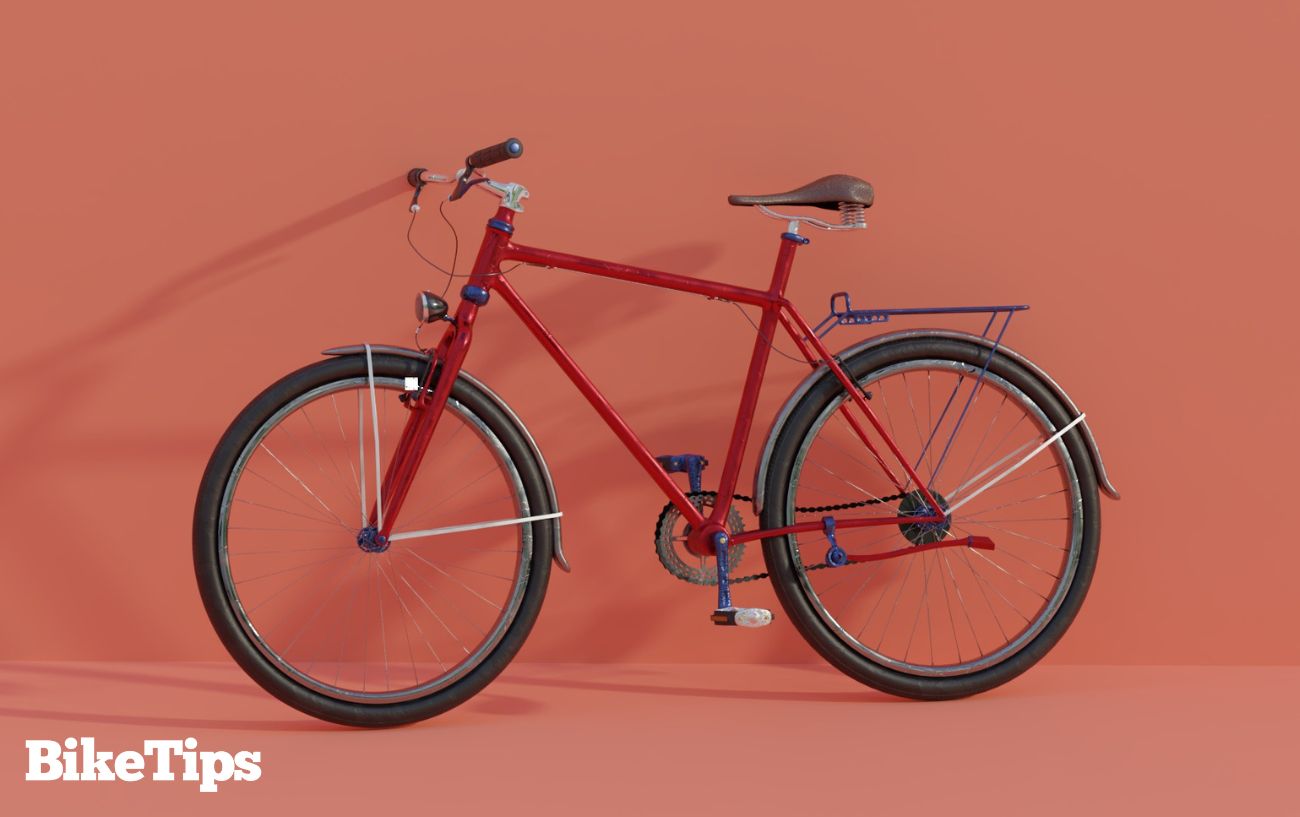
When it comes to buying either a road bike or a hybrid bike, consider the options for accessories. People choosing to commute might like to have panniers, mudguards, or even a rear rack to help carry to and from their destination.
Road bikes don’t always come with accessory mounts, which means mounting a rack or mudguards could be challenging. Some options can retrofit it in interesting ways but don’t always offer the same experience.
Hybrid bikes almost always come with these mounts. They are very handy if you plan on going out for a picnic or want to commute to work and fancy adding panniers for clothing and gear to change into.
Road Bike Vs Hybrid Bike: Which Should You Choose?
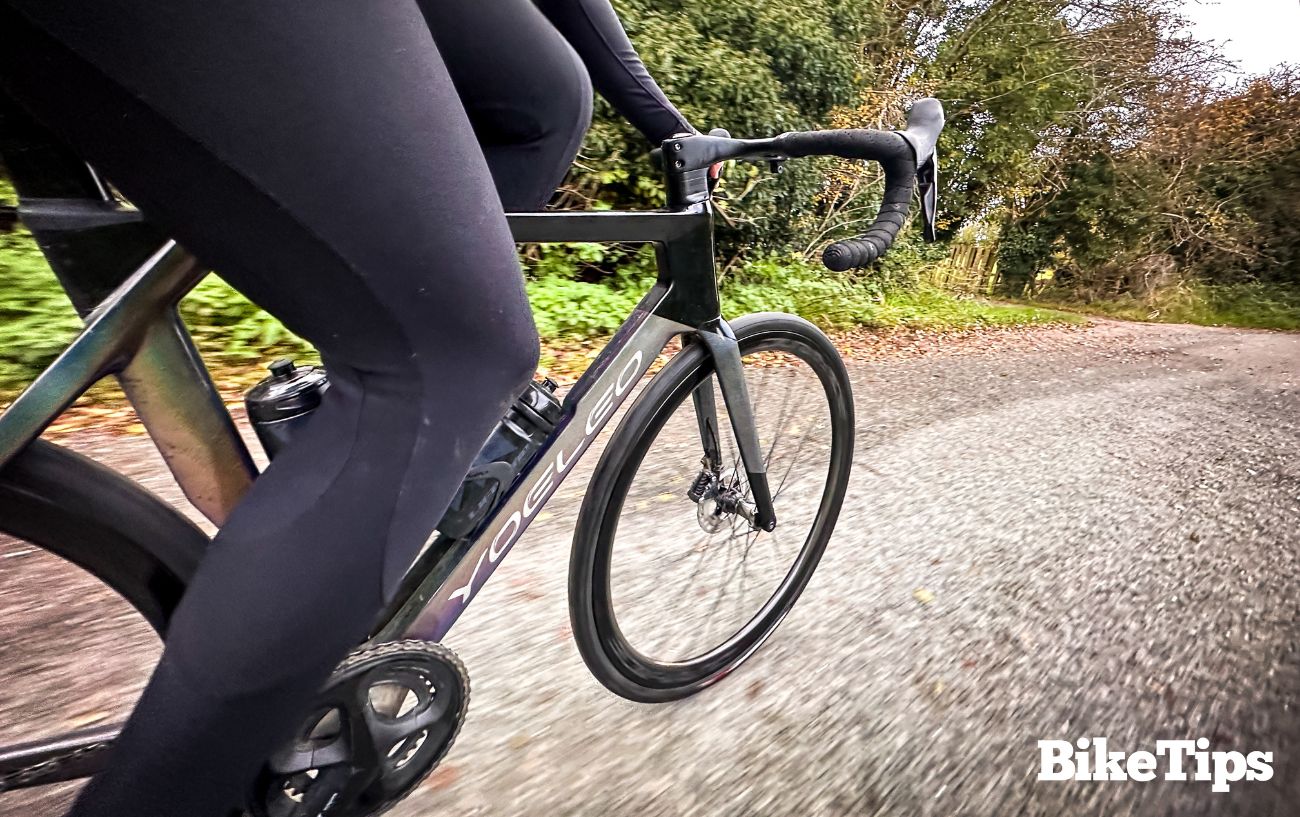
When it comes down to it, although road bikes and hybrid bikes might share similar properties, they are very different, and which is best for you depends on the situation more than anything else.
If you want to go fast and join a club of road riders, the only option is the road bike, as you might struggle to keep up on a hybrid bike. The same goes if you plan on road racing or want to use the bike more for sport over transport.
If you want to use a bike for social days out, commuting, and fancy rides on multiple terrains, then you will get much more from a hybrid bike. They offer higher comfort, more room for accessories, and the right bike will even take you on light trails comfortably.



